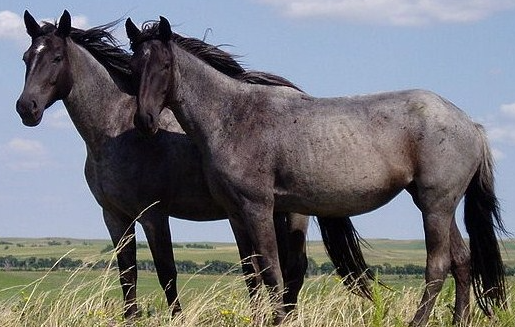Ulan Umitkaliyev, who leads the department of archaeology and ethnology at the Eurasian National University, has described the pyramid as an intricately designed structure of remarkable complexity, constructed with remarkable accuracy. The pyramid includes multiple concentric circles within its center.
Photographs of a specific facet of the pyramid depict an arrangement where prominent black stones are vertically positioned at each end, their flattened sides outward. Between these stones, a distinct type of rock shapes the outer wall, adorned with depictions of animals, predominantly horses.
As outlined by Professor Umitkaliyev, the presence of horse adornments and the discovery of horse remains in proximity imply a potential connection between the pyramid and the prevalent horse cult of the ancient inhabitants of the Eurasian steppe.
Among the findings, archaeologists came upon jewelry, notably including gold earrings, as well as pottery. These objects collectively hint at the likelihood that the pyramid served as a hub of cultural significance in ancient times, as indicated by Professor Umitkaliyev.
The Ministry of Science and Higher Education in Kazakhstan shared an additional image of the pyramid on its Facebook page. This image displays a less well-preserved section of the pyramid, revealing remnants of several walls.
Situated close to the village of Toktamys, the Kyrykungir complex has been under excavation since 2014. These excavations have led to the identification of clusters of burial sites spanning both the Hun and Saka periods.








